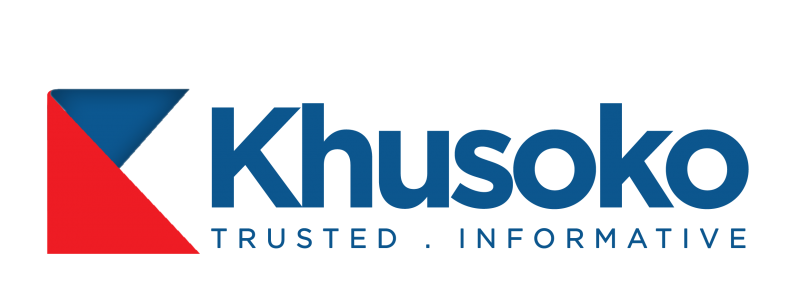The Kenya Bankers Association (KBA) has expressed concerns over the Central Bank of Kenya’s (CBK) proposed shift from the Risk-Based Credit Pricing Model (RBCPM) to a standardised lending rate based on the Central Bank Rate (CBR) plus a disclosed premium, referred to as “K.”
The KBA warns that it could effectively reintroduce loan price controls, reminiscent of the interest rate cap repealed in 2019.
KBA’s Concerns and Recommendations
KBA CEO Raimond Molenje emphasised the need for a unified Kenya Base Rate (KBR) to streamline credit pricing, arguing it would enhance transparency, improve monetary policy transmission, and boost credit access for Kenyans and businesses.
He stated, “To achieve this, there must be a collective commitment and collaboration between CBK and the banking industry.”
Molenje highlighted that the current RBCPM relies on monetary injections or withdrawals by CBK to influence loan rates, explaining:
“CBK sets the CBR every two months as the policy rate, but the decision of whether an increase or decrease in loan rates can only be felt if it is implemented through monetary injections/withdrawals by the regulator. It is the implementation that triggers the transmission of monetary policy decisions through the interbank market for liquidity to the lending rates.”
Molenje cautioned that CBK’s proposal to tie lending rates to the CBR plus a controlled premium “K” risks reintroducing rate capping without proper statutory backing.
He argued, “Applying CBR as the base plus controlled, approved, or noted premium ‘K’ is, by all intents and purposes, reintroducing rate capping/price control without the appropriate statutory backing anchored in the primary law. Rate capping/price control cannot be introduced in a regulation, policy, or guideline… it must be anchored in the primary statute.”
He cited a CBK report showing that the 2016-2019 rate cap slowed monetary policy transmission, reduced lending, enabled shylocks to flourish, and led to exorbitant loan rates.
CBK’s Proposal and Rationale
The RBCPM allowed banks to price loans based on individual borrower risk, but CBK identified issues, including inconsistent application, poor-quality credit scoring data, and arbitrary discounts on high lending rates.
Some banks excluded certain loan products (mobile loans, government-funded schemes) from RBCPM, failed to update pricing variables, or added unapproved charges.
Weak governance and high funding costs, particularly for banks reliant on term deposits, further inflated lending rates.
CBK’s proposed model uses the CBR—set at 10% in April 2025—as a stable, forward-looking reference rate, unlike the volatile interbank rate favoured by KBA.
Lending rates would be calculated as CBR plus “K,” encompassing operating costs, shareholder returns, and borrower-specific risk.
Banks must submit their “K” for CBK review, with full transparency via public disclosure on CBK’s website, the Total Cost of Credit website, and in two nationwide newspapers.
CBK Governor Kamau Thugge supports this shift to stimulate private sector lending and economic growth, noting that high lending rates persist despite CBR reductions.
Context and Implications
The RBCPM, introduced post-2019 rate cap repeal, aimed to address high lending rates and opacity in credit pricing. However, CBK’s inspections revealed gaps, such as outdated models and segment-based rather than risk-based pricing.
CBK’s review of international models (US, UK, India, South Africa) supports using a central bank rate as a common base, with risk-based premiums.
Despite the CBR cut to 10% in April 2025, commercial lending rates remain elevated, underscoring challenges in reducing credit costs.
Molenje reiterated KBA’s focus on aligning policy implementation with market conditions, stating, “Our focus on the interbank rate as banks is to have CBK undertake policy implementation to trigger the transmission and align policy action to market conditions.”
He warns that without active policy implementation, CBK’s proposal risks undermining the banking sector by imposing de facto price controls, potentially stifling credit access and monetary policy effectiveness.




